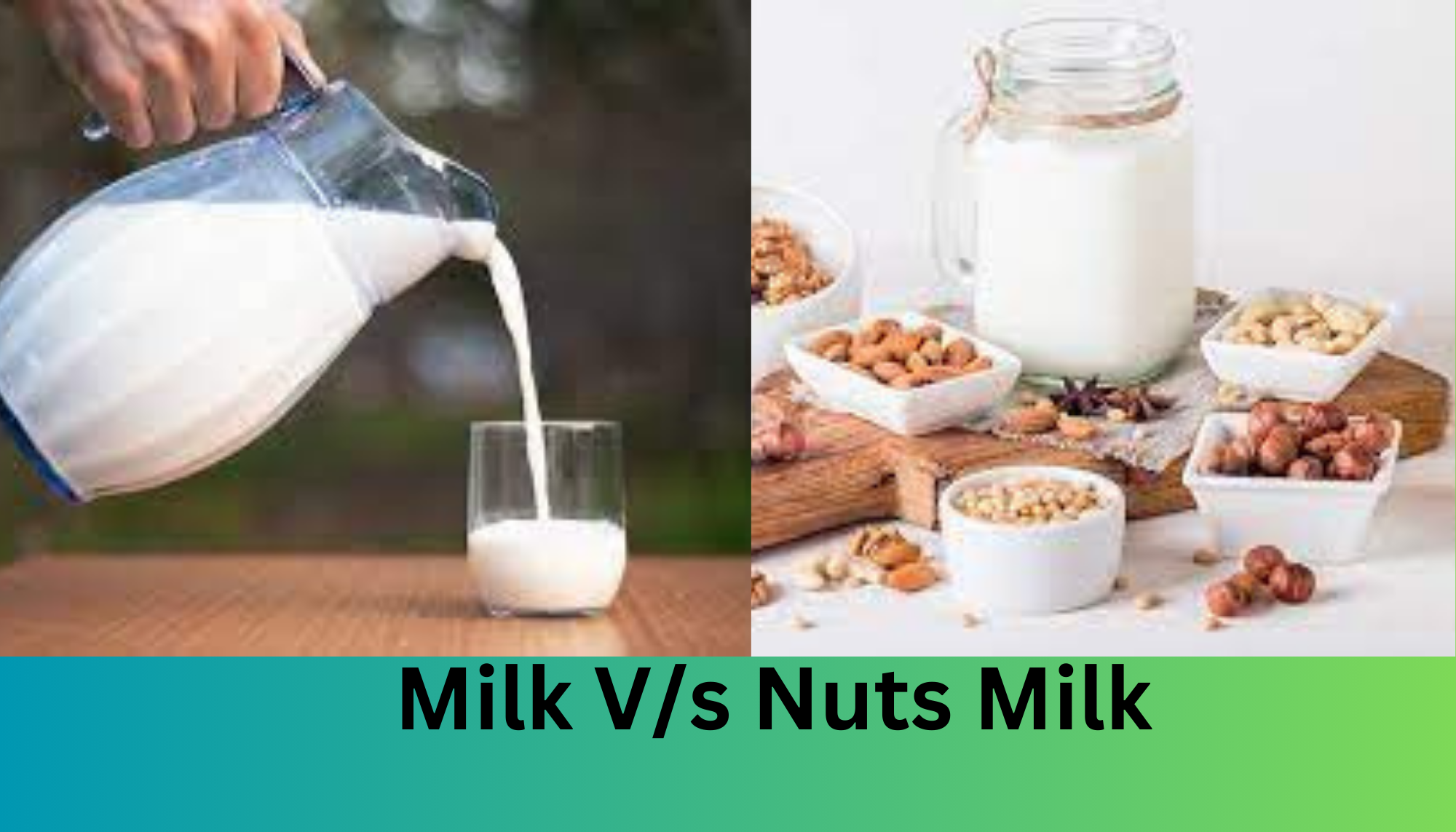Organic foods have been gaining popularity in recent years, as more and more people become aware of the potential health and environmental benefits of eating organically. Organic foods are grown and produced without the use of synthetic pesticides, herbicides, genetically modified organisms (GMOs), antibiotics, and synthetic hormones. They are typically cultivated using more environmentally friendly and sustainable agricultural practices.
Potential health benefits of organic foods:
- Reduced pesticide exposure: Organic farming practices prioritize the use of natural methods for pest and weed control. This can lead to lower pesticide residues in organic produce, which may be beneficial for reducing the risk of pesticide-related health issues, such as cancer, neurological problems, and reproductive disorders.
- Higher nutrient content: Some studies suggest that organic fruits and vegetables may have slightly higher levels of certain nutrients, such as vitamin C, antioxidants, and certain minerals. However, the differences are often small and may not have a significant impact on overall health.
- No synthetic additives: Organic processed foods typically do not contain synthetic additives, preservatives, or artificial colors and flavors, which can be associated with various health concerns, including allergies and hyperactivity in children.
- Reduced antibiotic and hormone exposure: Organic livestock farming generally prohibits the routine use of antibiotics and synthetic hormones, which are common in conventional animal agriculture. This may help reduce the risk of antibiotic-resistant bacteria and limit the ingestion of hormones through meat and dairy products.
- Enhanced animal welfare: Organic livestock standards typically require better living conditions for animals, including access to the outdoors, more natural diets, and reduced stress. This can lead to healthier animals and potentially higher-quality meat and dairy products.
Other benefits of organic foods:
- Lower environmental impact: Organic farming practices tend to be more environmentally sustainable, promoting soil health, biodiversity, and reduced pollution. By supporting organic agriculture, consumers indirectly contribute to the conservation of ecosystems and natural resources.
- Support for local farmers: Buying organic food is a great way to support local farmers who are using sustainable practices to grow and produce food.
How to choose and incorporate organic foods into your diet:
- Start small: You don’t have to go all-organic overnight. Start by adding a few organic items to your grocery list each week.
- Look for the USDA Organic seal: This seal ensures that the product has been certified organic by the United States Department of Agriculture (USDA).
- Shop at farmers markets: Farmers markets are a great place to find fresh, local, and organic produce.
- Buy in bulk: Buying organic food in bulk can save you money.
- Choose seasonal produce: Seasonal produce is typically less expensive and more nutritious than out-of-season produce.
Conclusion:
Organic foods offer a number of potential health and environmental benefits. While they can be more expensive than conventionally produced counterparts, there are ways to reduce the cost and incorporate organic foods into your diet in a way that is affordable and sustainable for you.




